Demystifying the Secrets Behind 5.3 Vortec Engine Horsepower
The 5.3L Vortec small block V8 engine has become extremely popular among hot rodders, engine builders, and swap enthusiasts in recent years. This versatile GM engine combines impressive factory power with massive aftermarket modification potential at an affordable price.
Introduced in 1999, the Vortec 5300 commonly lives under the hoods of GM trucks and SUVs. Over the years it has developed a reputation for being a stout, high mileage workhorse. But many may not realize the ample horsepower these 5.3L engines are truly capable of.
In this article, we’ll demystify the 5.3L Vortec by breaking down key specifications, production variants, and factory power figures. We’ll reveal how proper bolt-on modifications and forced induction can unlock the hidden muscle of the 5.3L. You’ll learn the secrets that allow this small displacement V8 to crank out huge horsepower numbers to rival far larger engines.
5.3 Vortec Engine Basics
The 5.3L Vortec is part of GM’s Gen III small block V8 engine family. It shares architecture and design features with the 4.8L and 6.0L Gen III cousins.
Some quick 5.3L specifications:
- Displacement – 5328cc / 325 cubic inches
- Bore x Stroke – 96mm x 92mm / 3.78″ x 3.62″
- Compression Ratio – 9.5:1 to 10.5:1
- Engine Configuration – 90° V8, pushrod OHV 2 valves per cylinder
- Fuel System – Sequential multi-port fuel injection
- Horsepower Range – 270hp to 326hp depending on variant
- Torque Range – 315 lb-ft to 335 lb-ft
The compact 5.3L size, all-aluminum construction, distributorless ignition, and coil-on-plug design made these modern, efficient, and durable engines. Variable valve timing was added later to further enhance performance.
How Much Compression Should a 5.3 Have: 5.3L Compression Test
Multiple variants of the 5.3L have been produced over the years:
- LM7 – Basic 5.3L version with aluminum block and heads
- L59 – Flex fuel E85 version of LM7
- L33 – High output 5.3L with aluminum block and improved airflow
- LMG – Gen IV version with variable valve timing
These motors have proven extremely reliable, many achieving over 300,000 miles on the factory internals. The 5.3L Vortec is commonly found in:
- GMC and Chevrolet trucks and SUVs
- GM vans and commercial vehicles
- Hot rods and engine swap projects
- Marine engines
Unlocking Hidden 5.3L Vortec Horsepower
In stock factory trim, the 5.3L Vortec engines produce between 270hp to 326hp depending on the variant. However, within these V8s lies incredible horsepower potential just waiting to be unlocked.
With the right modifications, a 5.3L engine can safely produce over 500 horsepower to the rear wheels. With maximum effort builds including forced induction, a 5.3L Vortec is capable of churning out over 1,000 horsepower!
Here is a rough comparison of the horsepower numbers achievable from a 5.3L at various build levels:
- Stock 5.3L Vortec – Around 270-320hp
- Bolt-on mods – 350-400+ hp
- Cammed 5.3L – 400-450+ hp
- Forced induction 5.3L – 500-650+ hp
- Built/boosted 5.3L – 750-1,000+ hp
As you can see, the 5.3L power can be more than doubled through proper modification techniques. Now let’s look at how to unlock all that hidden horsepower.
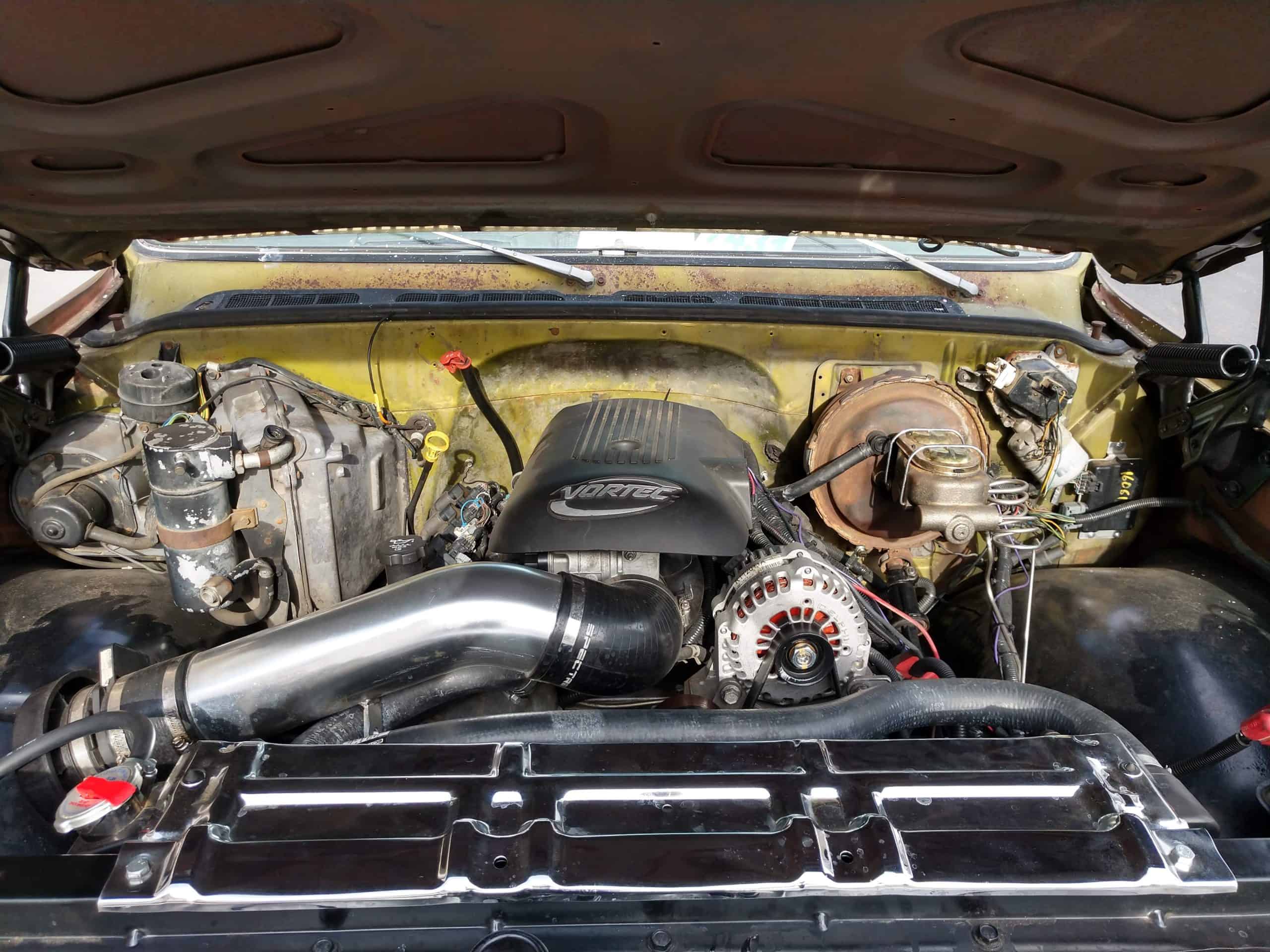
Modifying for More 5.3L Horsepower
The first round of relatively simple and affordable modifications can add 70-100+ horsepower to a stock 5.3L engine. Here are the most common 5.3L Vortec power adders:
- Cold air intake – freer flowing intake pipe and air filter
- Cat-back exhaust system – reduces backpressure from stock exhaust
- Tuner – custom tunes to optimize air/fuel ratio, timing, etc.
- Headers – high flow cast or fabricated headers
Additional bolt-on mods like a throttle body spacer or electric exhaust cutouts can squeeze out some extra ponies as well.
For further 5.3L airflow improvements, head and cam work unlocks more power:
- Camshaft package – adds lift and duration for optimal timing
- Valve springs – support higher engine RPM operation
- Ported cylinder heads – smoother intake/exhaust ports reduce turbulence
- Higher compression pistons – increase cylinder pressures for more power
Bolting a basic nitrous oxide injection system to a modified 5.3L allows you to add an extra 75-150hp at the push of a button for acceleration.
But forced induction takes things to another level by rapidly increasing airflow into the engine. Simple centrifugal blowers can crank a 5.3L over 500hp. While large twin turbo or supercharger kits can push past the 650+ hp mark on a built engine.
Adding low compression forged pistons, steel rods, and a forged crank transforms the 5.3L into a bulletproof forced induction beast ready to handle big boost for four digit power levels.
Getting the Most from Your 5.3L Vortec
Once you’ve built up your potent modified 5.3L Vortec engine, proper tuning and drivetrain upgrades are crucial to optimize and withstand all that newfound power.
Here are some key tips:
- Get your combo custom tuned on a dyno for maximum power and drivability
- Upgrade the transmission and torque converter if running over 500hp
- Build the rear end with upgraded axles and a limited slip differential
- Upgrade the cooling system with a larger radiator and dual fans
- Monitor engine parameters with gauges or a standalone ECU
- Use high octane fuel and keep up on maintenance
Carefully selecting complementary parts like intake, headers, camshaft, and boost system that all work together can maximize 5.3L horsepower gains.
Shop proven combo kits from quality brands that include all the supporting mods and hardware you need in one package to unlock the most power from your Vortec.
FAQs about the 5.3 Vortec Engine
Here are answers to some frequently asked questions about building serious horsepower with the 5.3L Vortec:
What’s the difference between Gen III and Gen IV 5.3L engines?
Gen IV 5.3L engines produced from 2005-2013 have variable valve timing, newer ECUs, and additional features. The blocks are interchangeable, but Gen IV computers won’t work on Gen III motors.
How much horsepower can I make with a turbo/supercharged 5.3L Vortec?
500-600hp is common on a stock bottom end using a bolt-on turbo/supercharger kit and supporting mods. With built internals, over 1000hp is achievable at high boost levels.
Is the 5.3L Vortec reliable for forced induction and big power builds?
The engine architecture is very sturdy from the factory. As long as you build the bottom end properly and tune appropriately, the 5.3L can handle serious abuse for years.
Summary and Takeaways
The humble 5.3L Vortec engine has impressive untapped performance potential. With some strategic bolt-on modifications and the addition of forced induction, this small displacement V8 can produce jaw dropping horsepower similar to far larger engines.
If built properly using high quality internal components, a modified 5.3L Vortec will provide tons of affordable power and thrilling acceleration for your hot rod or engine swap project while retaining excellent reliability.
Now that you know the 5.3L’s secrets for huge horsepower, you can confidently plan your Vortec build. Start with long tube headers, cam package, ported heads, and a 440cc intake manifold kit. Then throw on a turbo or supercharger system intercooled system breathing through a 102mm throttle body. Get it all tuned to perfection, and you’ll be embarrassing opponents as your sleeper Vortec annihilates the dyno and the drag strip.

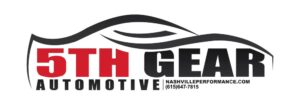

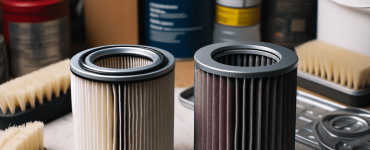
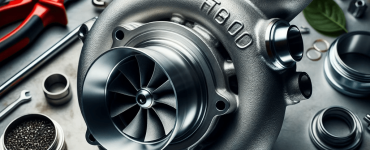
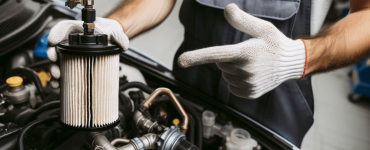
[…] be honest; all of us want to know more about increasing the torque and horsepower of our cars. The excellent news with Silverado is that it is open to upgrades, especially in […]